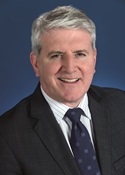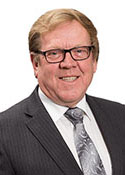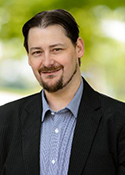Gorton
Margin: Labor 16.1%
Region: Northern Melbourne, Victoria
In a nutshell: Brendan O’Connor is securely ensconced in what remains Labor’s sixth safest seat, despite a 7.5% swing to the Liberals in 2013.
Candidates in ballot paper order

|
BRENDAN O’CONNOR DARYL LANG ROD SWIFT |
Gorton is located at Melbourne’s strongly Labor-voting western edge, covering the rapidly growing fringe suburbs of Derrimut and Deer Park in the south, Caroline Springs and Kings Park in the centre and Hillside in the north, and from there extending westwards through semi-rural areas to the satellite town of Melton. The latter area was gained with the redistribution that took effect at the 2013 election, which cost it Sydenham, Keilor and Taylors Lakes at the city end. The seat recorded a 7.5% swing to the Liberals in 2013, which still left Labor with a margin of 6.1%. The electorate is dominated by migrants and young families, as reflected its sixteenth ranking out of 150 for non-English speakers and fourth ranking for mortgaged dwellings. Ethnic diversity is particularly pronounced at the eastern end of the electorate, home to concentrations of Italians and Maltese at Hillside and Taylors Hill, and Vietnamese at Cairnlea.
The electorate was created at thte 2004 election in place of abolished Burke, which encompassed Sydenham, Melton and areas beyond the city to the north. This area was covered by Corio prior to pre-war urbanisation and the expansion of parliament in 1949, followed by shifting aggregations of Lalor (created in 1949), Burke (1969) and Calwell (1984). With the exception of one defeat in Lalor at the Liberals’ statewide high water mark in 1966, each of these seats has consistently been held by Labor through their shifting incarnations. The inaugural member for Gorton was Brendan O’Connor, who had entered parliament as member for Burke in 2001. The exchange of predominantly rural outskirts for outer suburbs with the creation of Gorton was particularly welcome for O’Connor, whose margin was boosted from 5.5% to 20.2%.
O’Connor rose through Labor ranks as an official with the Australian Services Union with factional backing from the Ferguson Left, which is now more commonly identified under its formal name of the Independent Left. He was promoted to shadow parliamentary secretary when Kevin Rudd became leader in December 2006 and then to the junior ministry after the 2007 election victory, serving first in employment participation, then in home affairs in June 2009. Justice was added to his workload after the 2010 election, and in December 2011 he was shifted to human services. O’Connor stood by factional colleague Julia Gillard during Rudd’s leadership challenges in February 2012 and June 2013, and won promotion to cabinet as Small Business Minister on the former occasion. Further promotion to the troublesome immigration portfolio followed in February 2013, and he did well to be moved to employment when Rudd assumed the leadership the following June. Since the September 2013 election defeat he has served in shadow cabinet in employment and workplace relations, further gaining the Special Minister of State portfolio in March.
Analysis by William Bowe. Read William’s blog, The Poll Bludger.


